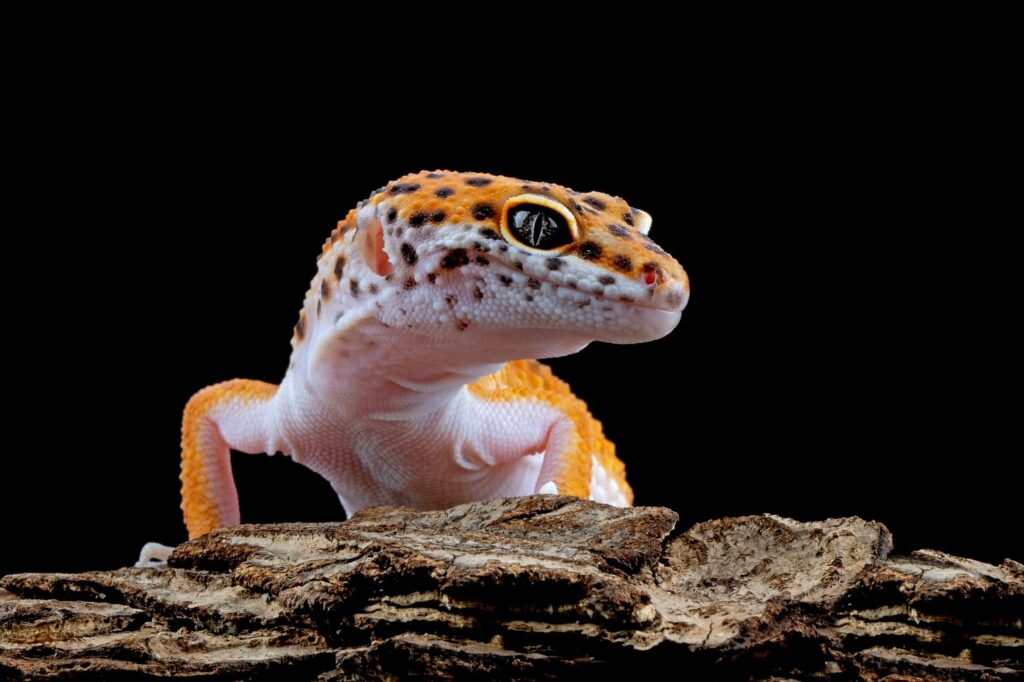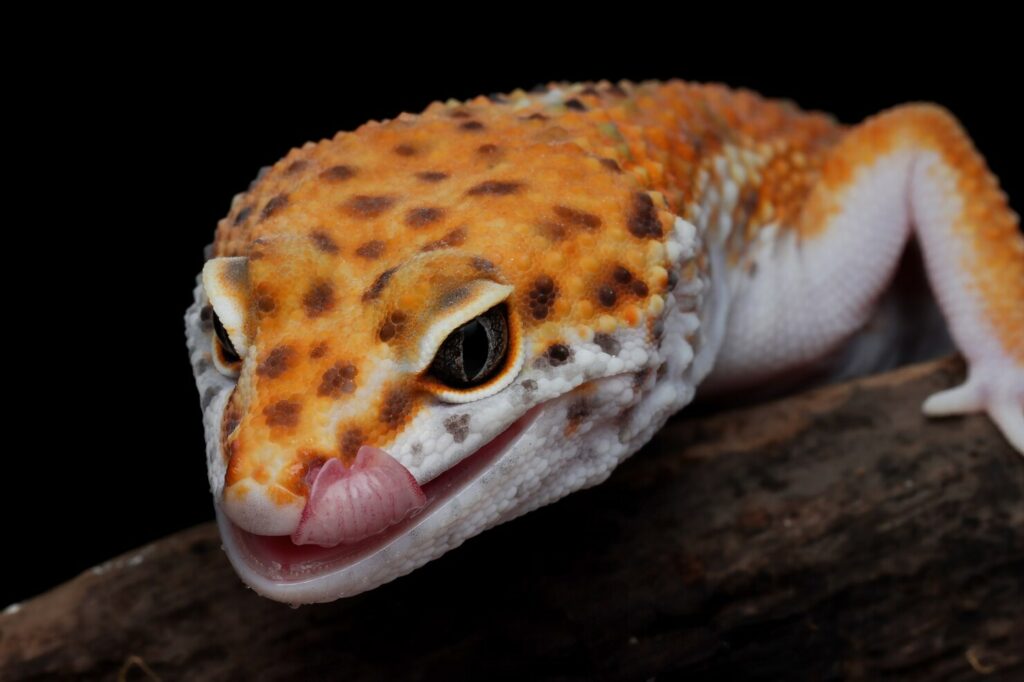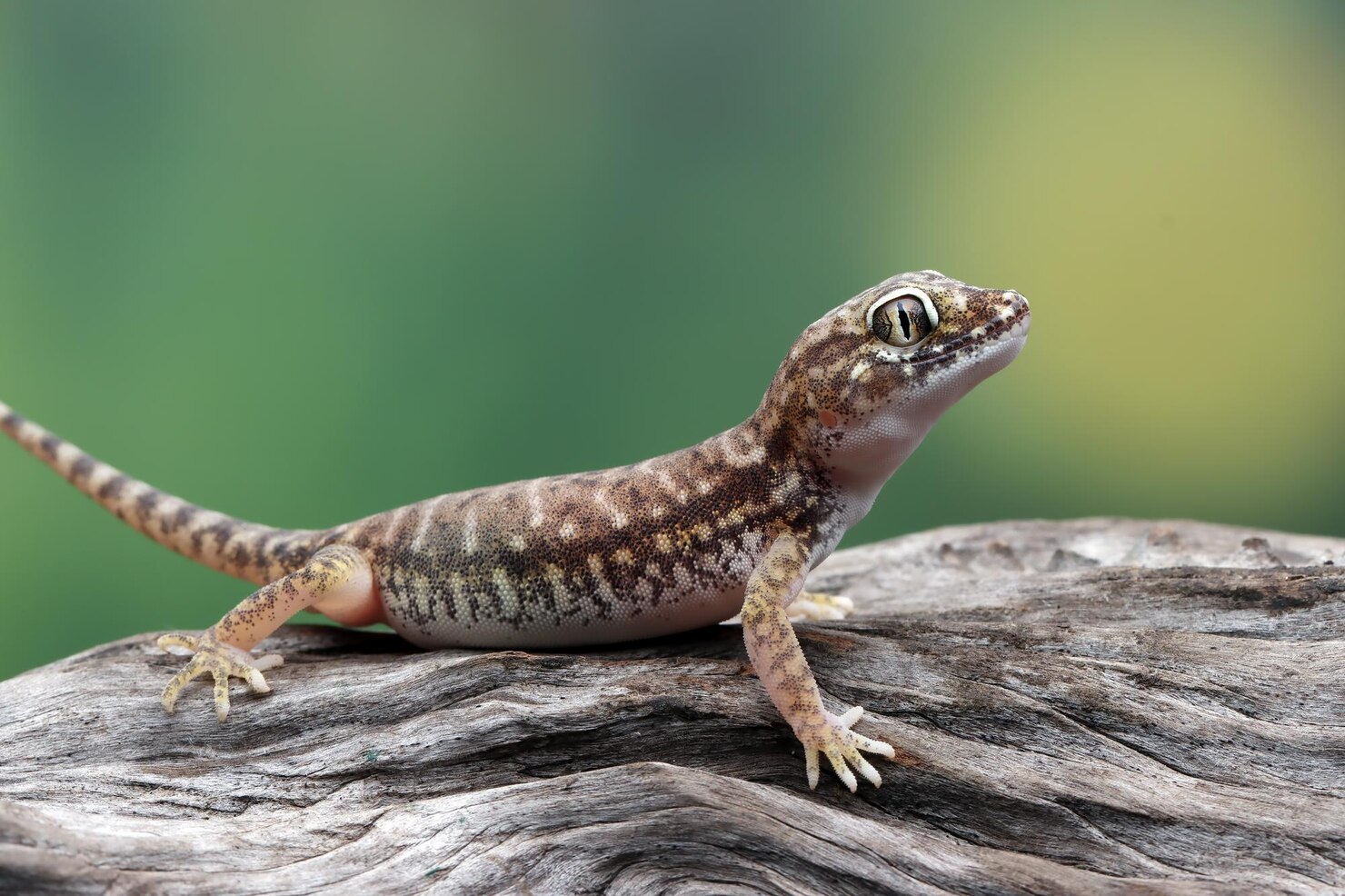Leopard geckos, with their charming personalities and unique appearances, have become increasingly popular as pets in recent years. These small lizards are relatively low-maintenance, making them suitable for both beginners and experienced reptile enthusiasts. However, like all pets, leopard geckos benefit from mental and physical stimulation to lead happy, healthy lives.
In this article, we will explore the importance of leopard gecko enrichment, various ways to keep them stimulated, and the benefits of providing an engaging environment for your scaly companion.
You may also want to read about the perfect leopard gecko substrate.
Understanding the Need for Leopard Gecko Enrichment
Leopard geckos are not only fascinating to look at but also exhibit interesting behaviors and have specific needs that can be met through enrichment. While they may not require as much interaction as some other pets, they still benefit from activities that promote physical and mental engagement. Here’s why enrichment is vital for leopard geckos:

1. Mental Stimulation:
- Enrichment activities challenge leopard geckos’ minds, preventing boredom and encouraging problem-solving, which can lead to a more active and alert pet.
2. Physical Activity:
- Leopard geckos need exercise to stay healthy. Encouraging movement and exploration can help prevent obesity and maintain their overall well-being.
3. Emotional Well-being:
- Enrichment can improve your pet’s quality of life by reducing stress and promoting positive emotions. A stimulated leopard gecko is a happier leopard gecko.
4. Preventing Repetitive Behaviors:
- In captivity, some leopard geckos may develop repetitive behaviors or stress-related problems. Enrichment can mitigate these issues.
5. Bonding and Interaction:
- Engaging with your leopard gecko through enrichment activities fosters a stronger bond between you and your pet.
Now that we understand why enrichment is essential for leopard geckos, let’s explore various ways to provide them with a stimulating environment.
Enclosure Setup for Enrichment
Before diving into specific enrichment activities, it’s crucial to create an enclosure that allows your leopard gecko to explore, hide, and interact with its environment. Here are some enclosure setup tips to consider:
1. Proper Habitat Size:
- Ensure your enclosure is appropriately sized for your leopard gecko. A 20-gallon tank is often recommended for one leopard gecko, with an additional 10 gallons for each additional gecko.
2. Hide Spots:
- Provide multiple hiding spots with different textures and sizes. This mimics their natural habitat and gives them options for security.
3. Climbing Opportunities:
- Add branches, rocks, or platforms for your gecko to climb on. Leopard geckos may not be as arboreal as some other lizards, but they enjoy exploring different levels in their enclosure.
4. Substrate Choice:
- Select an appropriate substrate, such as paper towels, reptile carpet, or tile, to prevent impaction from accidentally ingested substrates like loose sand.
5. Temperature Gradient:
- Maintain a proper temperature gradient in the enclosure, with a warm basking spot and a cooler area. This allows your gecko to regulate its body temperature effectively.
6. Appropriate Lighting:
- Leopard geckos are crepuscular and do not require UVB lighting. However, they do benefit from a regular day-night cycle, which can be achieved with a simple day-night bulb or LED setup.

Enrichment Ideas for Leopard Geckos
Now that your leopard gecko’s enclosure is set up appropriately, let’s explore some enrichment activities and ideas to keep your pet stimulated and happy:
1. Hunting for Food:
- Leopard geckos are natural hunters. Instead of placing food directly in a dish, hide it in different locations within the enclosure. Your gecko will enjoy the hunt, and this mimics their natural foraging behavior.
2. Variety in Feeding:
- Offer a variety of live insects to encourage different hunting behaviors and provide a more diverse diet. Crickets, mealworms, and roaches are suitable options.
3. Obstacle Courses:
- Create simple obstacle courses using safe materials like PVC pipes, cardboard, or egg cartons. This encourages exploration and physical activity.
4. Sensory Enrichment:
- Introduce new scents and textures to the enclosure by adding clean leaves, rocks, or items with varying textures. Change these items periodically to keep things interesting.
5. Rotation of Decor:
- Rearrange or add new decor items periodically to simulate changes in the environment. Providing a “new” environment keeps your gecko engaged.
6. DIY Hide and Seek:
- Create DIY hiding spots using empty toilet paper rolls or small cardboard boxes. Place treats or insects inside these hiding spots, and let your gecko discover them.
7. Exploration Time:
- Supervised exploration outside the enclosure can be enriching for your leopard gecko. Ensure the area is safe and escape-proof, and always keep a close eye on your pet.
8. Mirrors and Reflections:
- Placing a small, unbreakable mirror in the enclosure can be intriguing for your gecko, as they may react to their own reflection.
9. Safe Substrate Play:
- If you use a suitable substrate like reptile carpet, you can sprinkle safe, edible herbs or dried flowers for your gecko to explore and interact with.
Monitoring Your Leopard Gecko’s Response on Leopard Gecko Enrichment
As you introduce enrichment activities, pay attention to your leopard gecko’s response. Each gecko has its own preferences and comfort levels, so be sure to tailor the activities to their individual needs.
Signs of Enrichment Success:
- Increased activity and exploration
- Eager hunting behavior during feeding time
- Curiosity towards new items or changes in the enclosure
- A calmer and more content demeanor
- Healthy body weight and physical condition
Signs of Enrichment Overload or Stress:
- Hiding excessively
- Loss of appetite
- Aggression or defensive behavior
- Rapid weight loss
- Avoidance of enrichment activities
If you notice signs of stress or a lack of interest in enrichment activities, it’s essential to reevaluate and adjust the enrichment strategies accordingly.
Conclusion of Leopard Gecko Enrichment
Leopard geckos are fascinating and endearing reptile pets that can thrive when provided with proper care and enrichment. Enrichment is a vital aspect of ensuring their mental and physical well-being, preventing boredom, and encouraging natural behaviors. By creating a stimulating environment with hiding spots, climbing opportunities, and engaging activities, you can help your leopard gecko lead a happy and fulfilling life in captivity.
Remember that every leopard gecko is unique, so it’s important to observe your pet’s preferences and adjust enrichment activities accordingly. Whether it’s the thrill of the hunt during feeding time or the excitement of exploring a new texture, these activities contribute to the overall health and happiness of your scaly companion.

